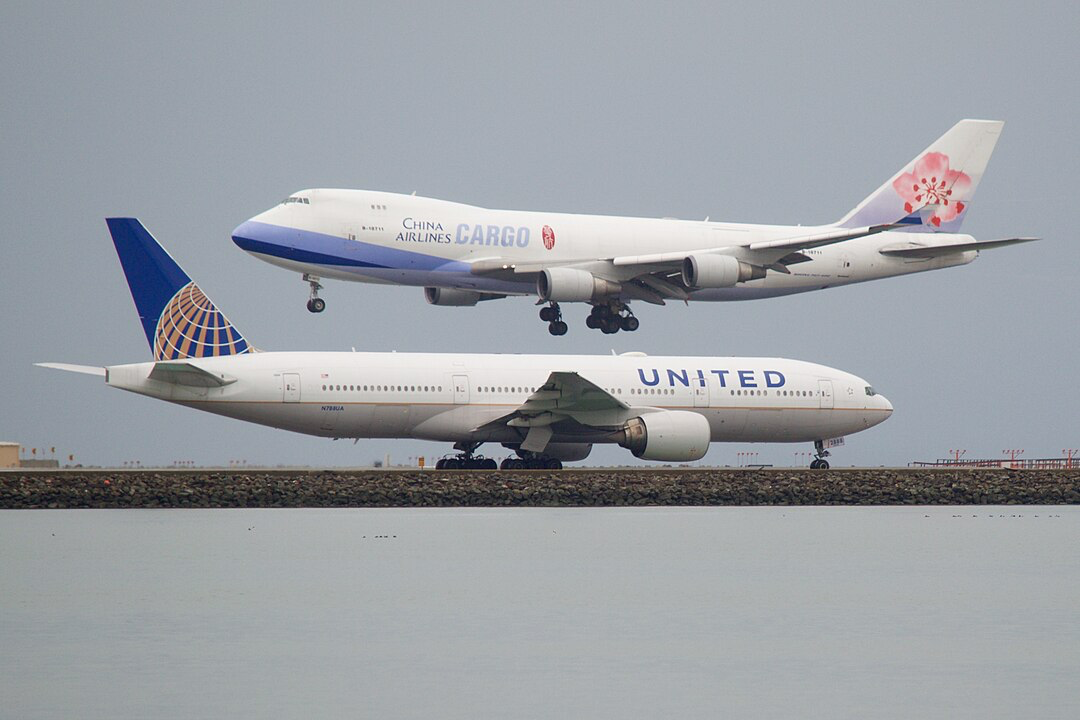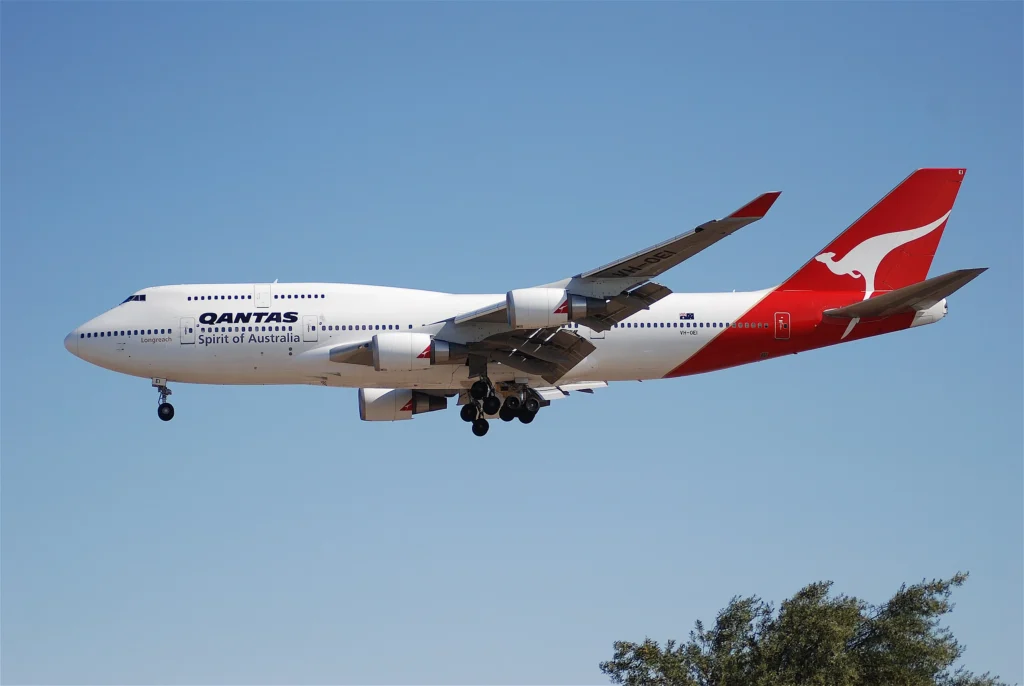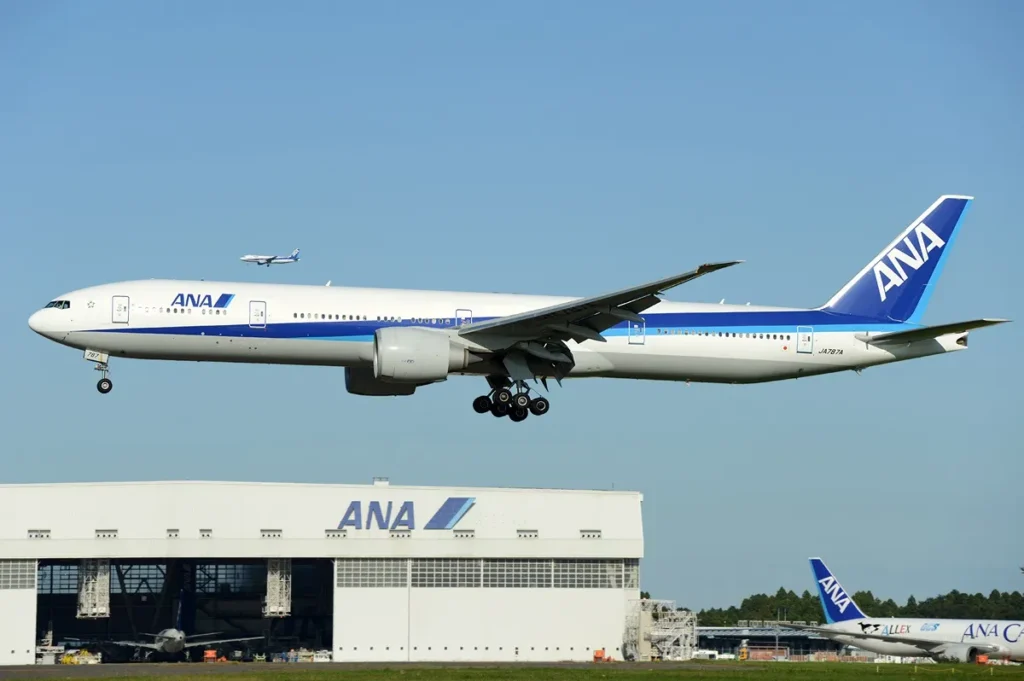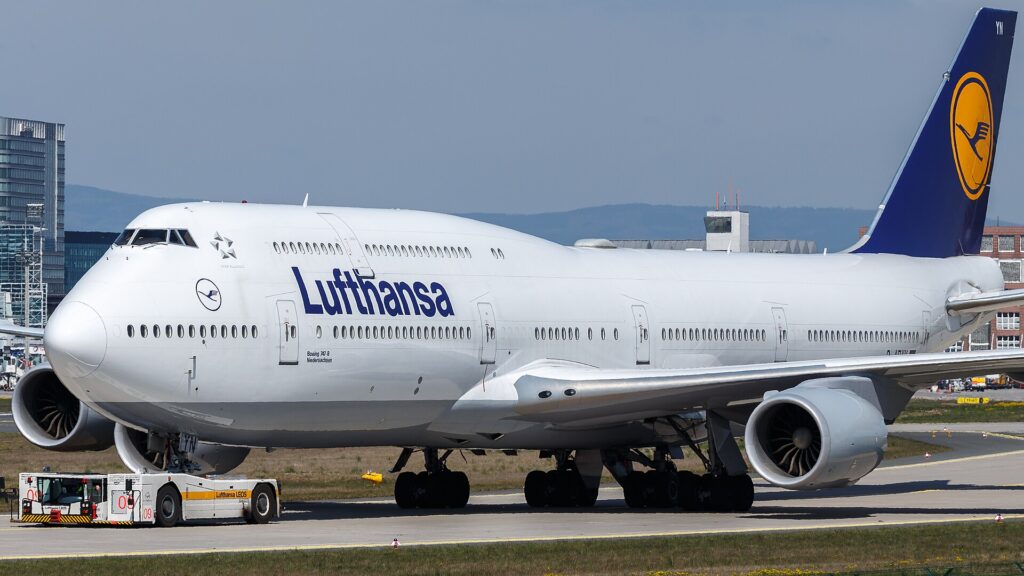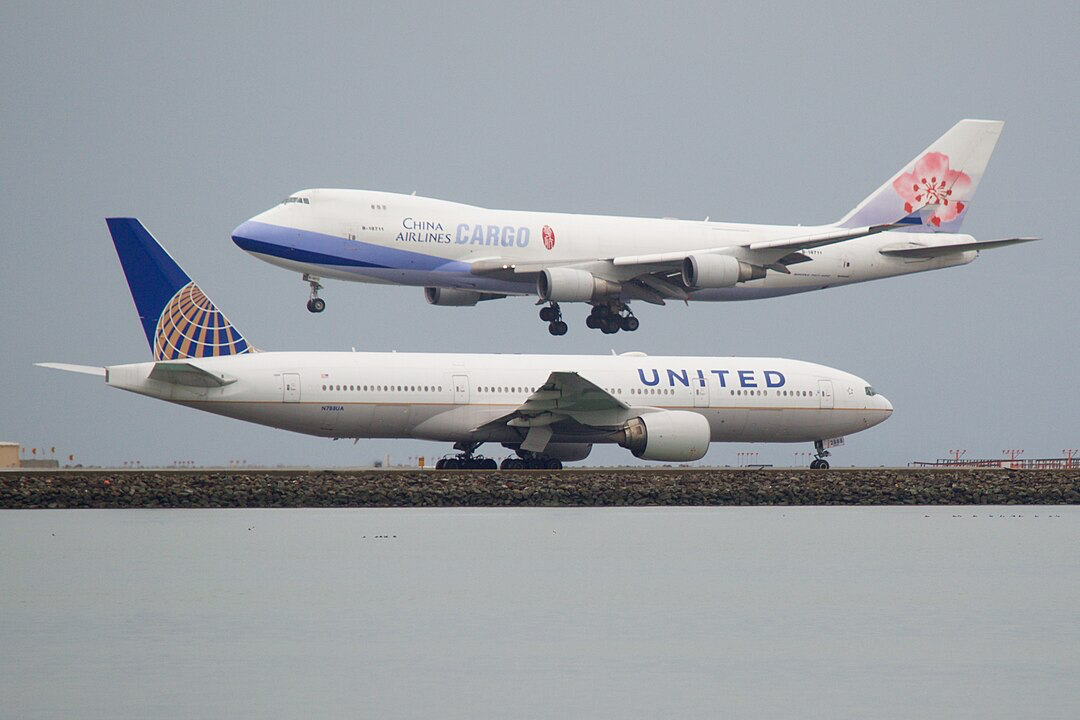 When it comes to getting from point A to point B at breakneck speeds while sipping on airline coffee, Boeing has been the master of the skies for decades! The Seattle-based giant has gifted us everything from the iconic humpbacked whale that is the 747 to sleek modern marvels that can practically outrun your weekend plans.
When it comes to getting from point A to point B at breakneck speeds while sipping on airline coffee, Boeing has been the master of the skies for decades! The Seattle-based giant has gifted us everything from the iconic humpbacked whale that is the 747 to sleek modern marvels that can practically outrun your weekend plans.
While Airbus might be breathing down their necks from across the pond, Boeing’s legacy of speed demons continues to dominate runways worldwide!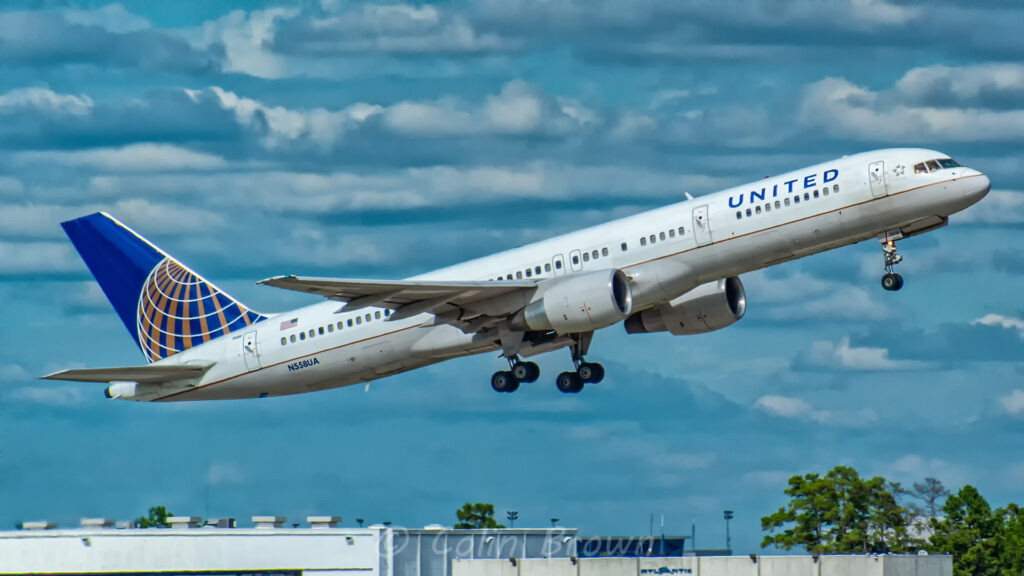
As per Simple Flying, kicking off our list is the Boeing 757, a narrowbody workhorse that might not win any beauty contests but certainly knows how to move. With a top speed of 571 mph (918 km/h), this aircraft has been the reliable middle child of Boeing’s fleet since its commercial debut with Eastern Air Lines (2D) in January 1983.
The 757’s claim to fame lies in its versatility. Originally designed for domestic and regional routes, this adaptable bird eventually spread its wings across the Atlantic, connecting American cities with secondary European destinations. Its sweet spot capacity of around 240 passengers made it the Goldilocks of aviation – not too big, not too small, but just right for medium-haul operations.
Boeing produced 1,050 of these aircraft before calling it quits in 2004, though many still grace the skies today. Airlines particularly love the 757 for itsability to operate from shorter runways while maintaining impressive range capabilities, making it a favourite for challenging routes where larger aircraft simply can’t venture.
Enter the Queen of the Skies in her most successful incarnation the Boeing 747-400. With a top speed of 656 mph (1,055 km/h), this double-decker beauty ruled the long-haul market like aviation royalty from the moment Northwest Airlines (NW) put it into service in February 1989.


